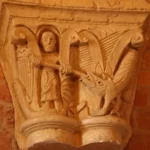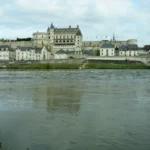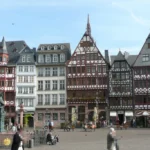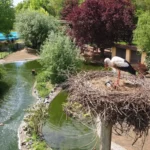Last Updated on 16/07/2024
This map will focus on attractions south from Paris – the departments of Essone and Seine-et-Marne around Fontainebleau. Most are suitable for day trips or stopovers along the way. You can stay up to three days in Fontainebleau and Provins to explore the area.
Around Fontainebleau map
If you don’t see the map, please enable cookies and advertising.
Some tertiary attractions are indicated only on the map.
Everything important that you can see in the region – with notes and links.
- 1 – top
- 2 – very good, although not so well known
- 3 – good for a short vacation or a layover. Several medium-level interesting places
- 4 – local or specific, not for everyone
Marks without brackets – I was there (there are links to the posts). With brackets – I wasn’t there. Of course, the notes are subjective
Two tourist routes pass through these two departments: the route of roses (from Pithiviers south to the Loire Valley) and the route through places associated with the Barbizon School of Impressionists and Alfred Sisley.
(4)
1. Dourdan
12th-13th century castle with museum. Link
Church of St-Germain 12th-14th centuries
(3-4)
2. Milly la Foret
Castle (privately owned),
some old buildings (eg old laundries).
12th century chapel decorated by Jean Cocteau, in which he is buried
House-Museum of Jean Cocteau Link
botanical garden – conservatory of medicinal and aromatic plants Le Conservatoire National des Plantes Link
firemen’s museum La Passion du Rouge
Nearby:
Domaine de Courances palace (17th century, 19th century interiors, park) https://www.domainedecourances.com
(3-4)
3. Nemours
Castle-museum Link
prehistoric museum of the Ile-de-France region Musée de Préhistoire d’Île-de-France Link
Nearby:
12th century church St-Mathyrin in Larchant
parc Rochers Greau (rocks and pine trees)
Grez-sur-Loing – “village with character”, associated with the Impressionists
2-3
4. Moret-sur-Loing
Picturesque old town. The artist Sisley lived and died in the city.
The remains of fortifications from the 14th century and a church from the 12th to 15th centuries have been preserved
14th century bridge (blown up during World War II, then restored)


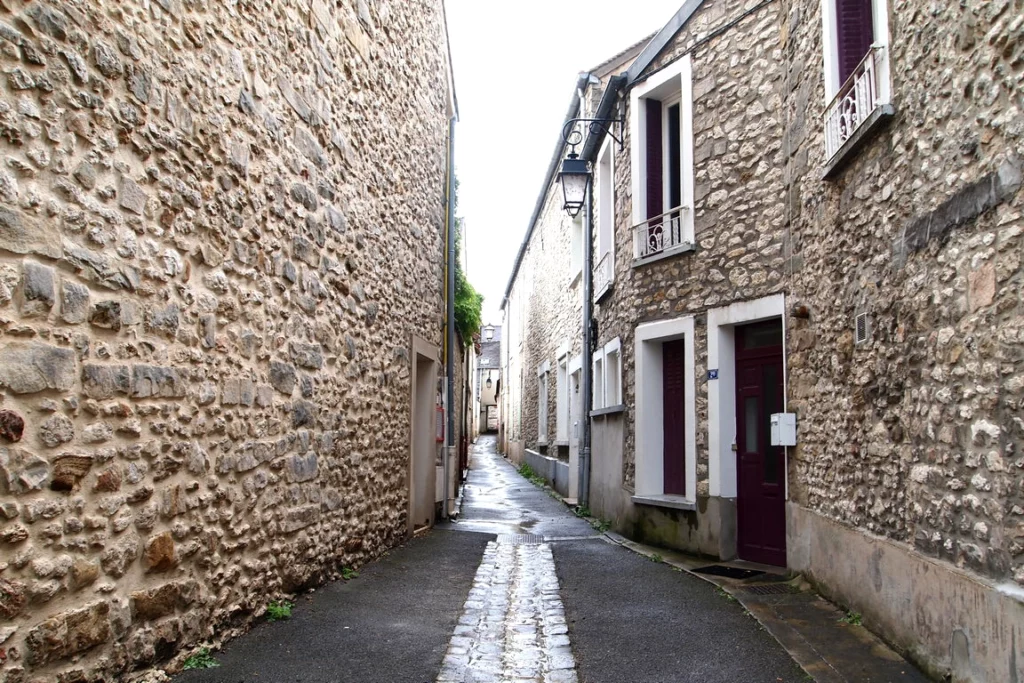
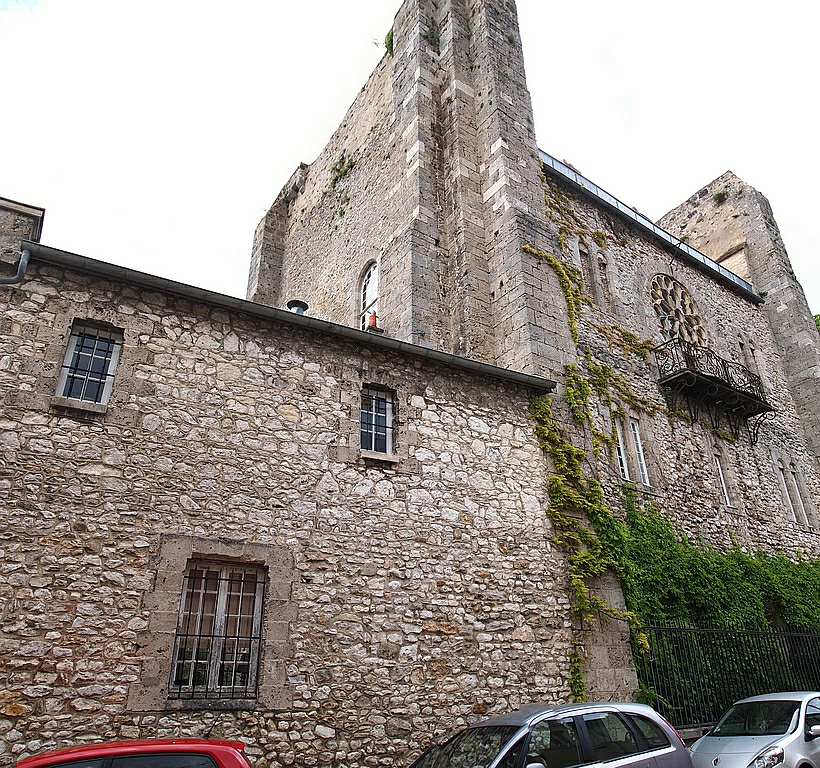


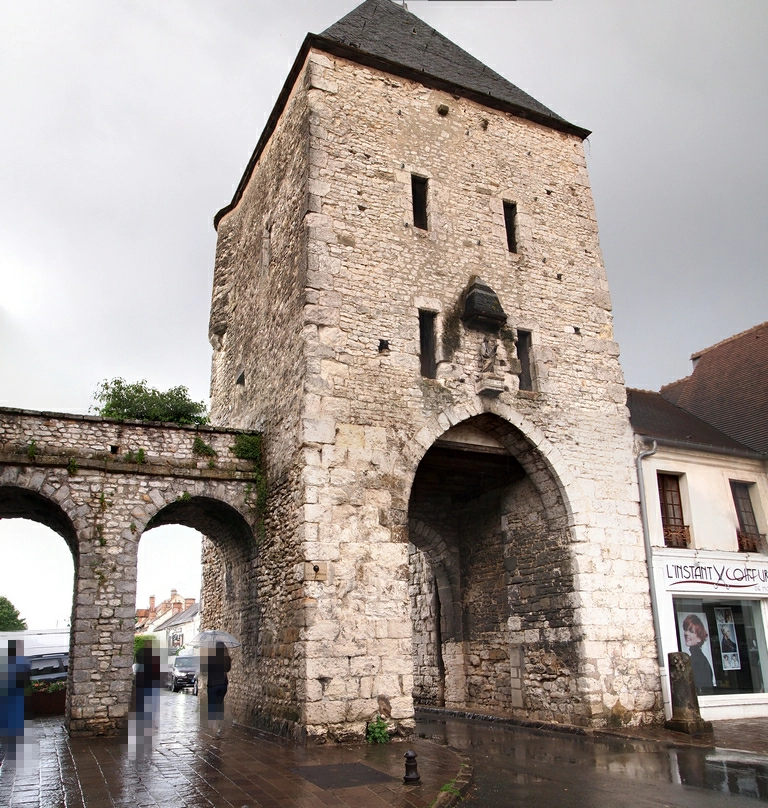



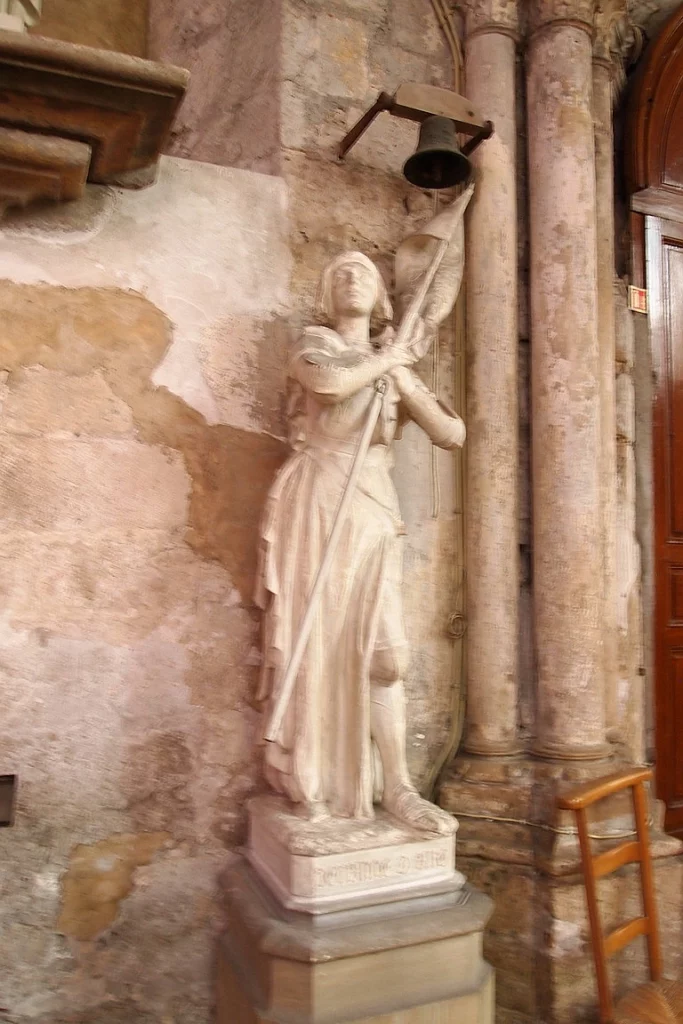
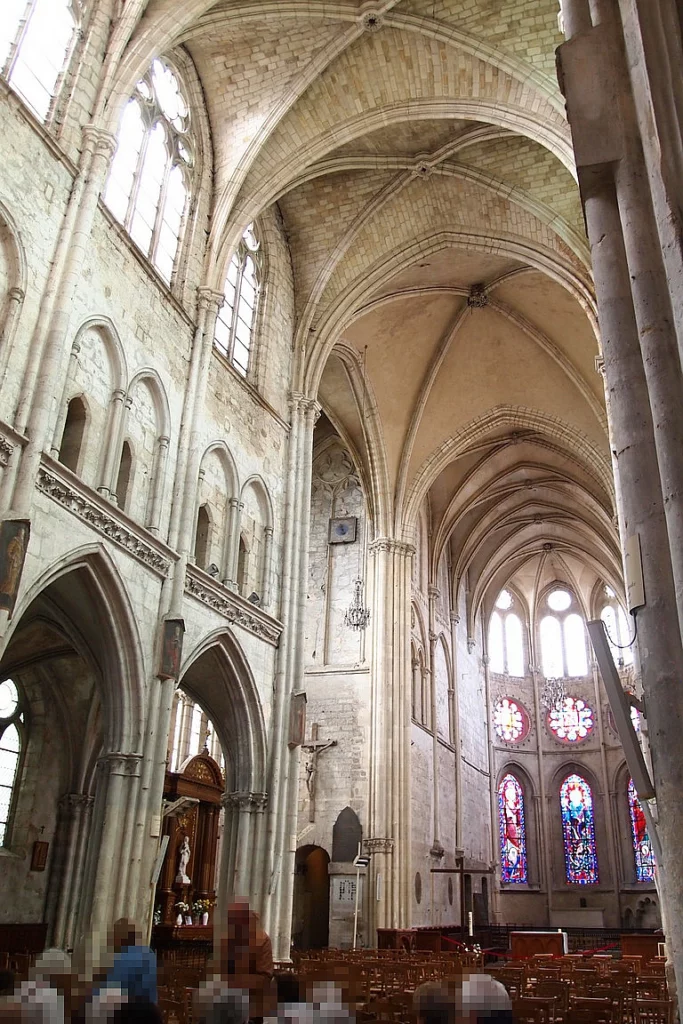
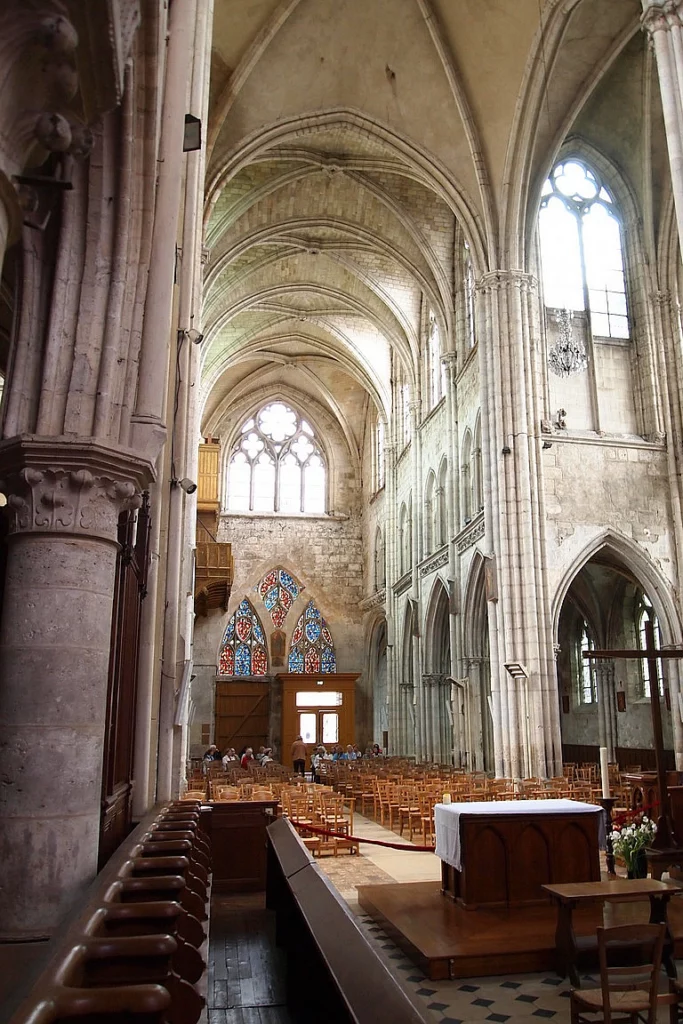
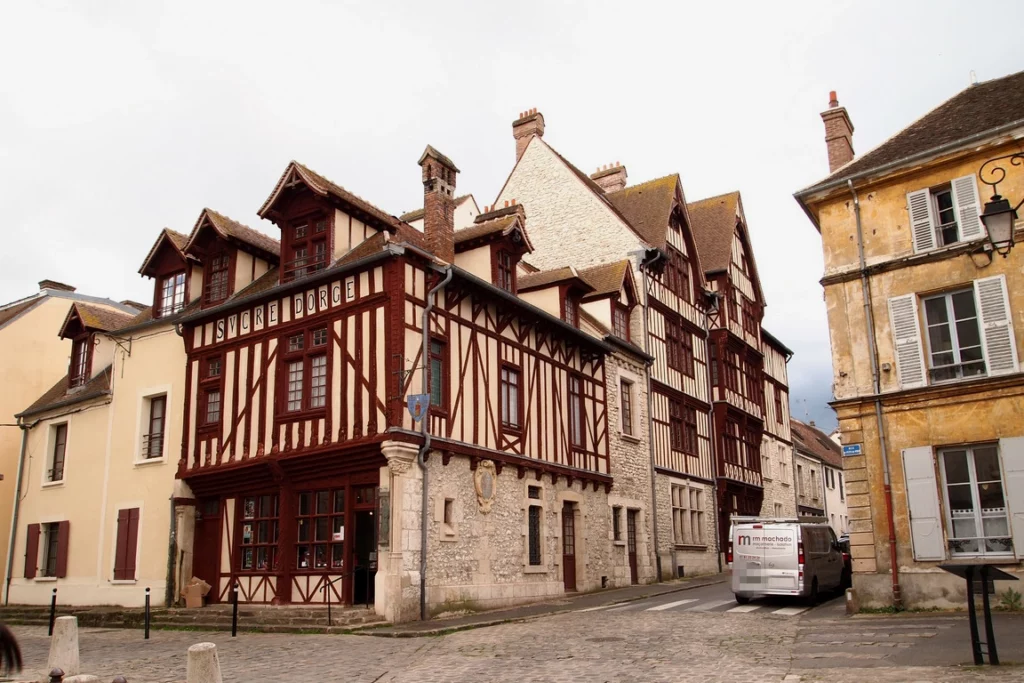

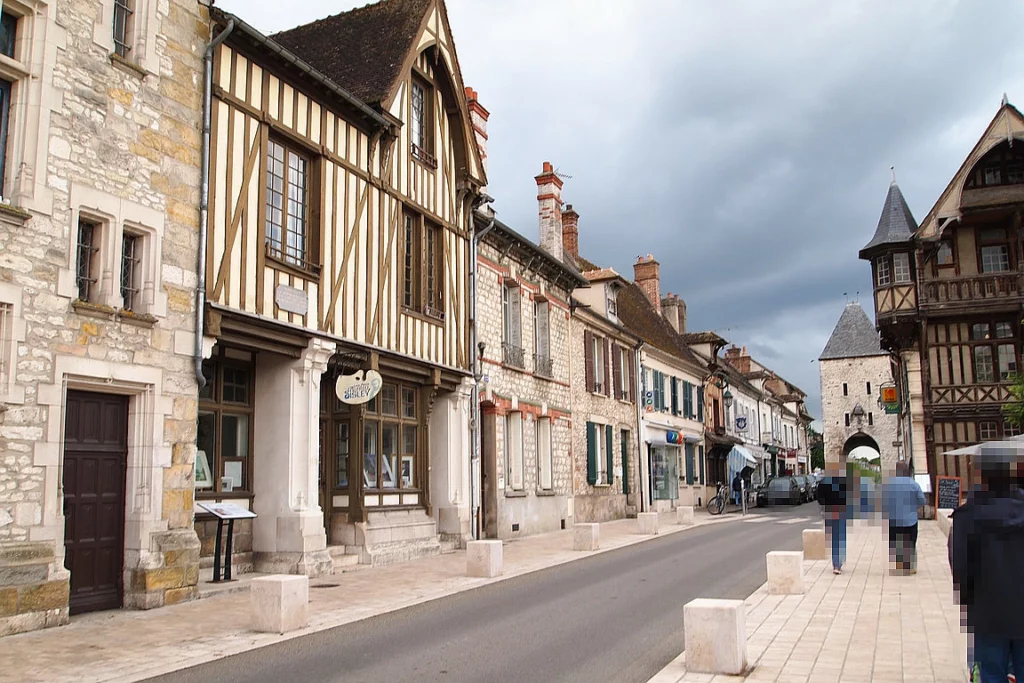
1
5. Fontainebleau
The Fontainebleau Palace needs no introduction. Is on the UNESCO list. Link
The palace was founded on the edge of the royal hunting grounds by Francis 1st, and was completed by Henry 2nd and Catherine de Medici. Several kings were born here, and numerous important documents were signed here. Napoleons 1 and 3 especially loved Fontainebleau.
A separate wing is dedicated to Napoleon, the rest is rich interiors.
The huge palace (1500 rooms) is accompanied by a huge garden and a huge park of appropriate size.
From the point of view of garden art, only the English park, Diana’s very small garden and the Carp pond, immediately adjacent to the palace, are interesting.
A French garden can hardly be called a garden at all.
Across the road there is also a park with a canal – very overgrown. Although you can take a couple of scenic photos there, you don’t need to go there unless you want to run in nature or are cycling by.
Please note that the areas are very large, and there are very few entrances, and most of them are located on the north side (from the city).
If possible, the castle should be combined with a visit to the Fontainebleau forest. The region as a whole deserves a 3-4 day stay.
Church in Avon (12th century, used by kings until the church was built in the palace).
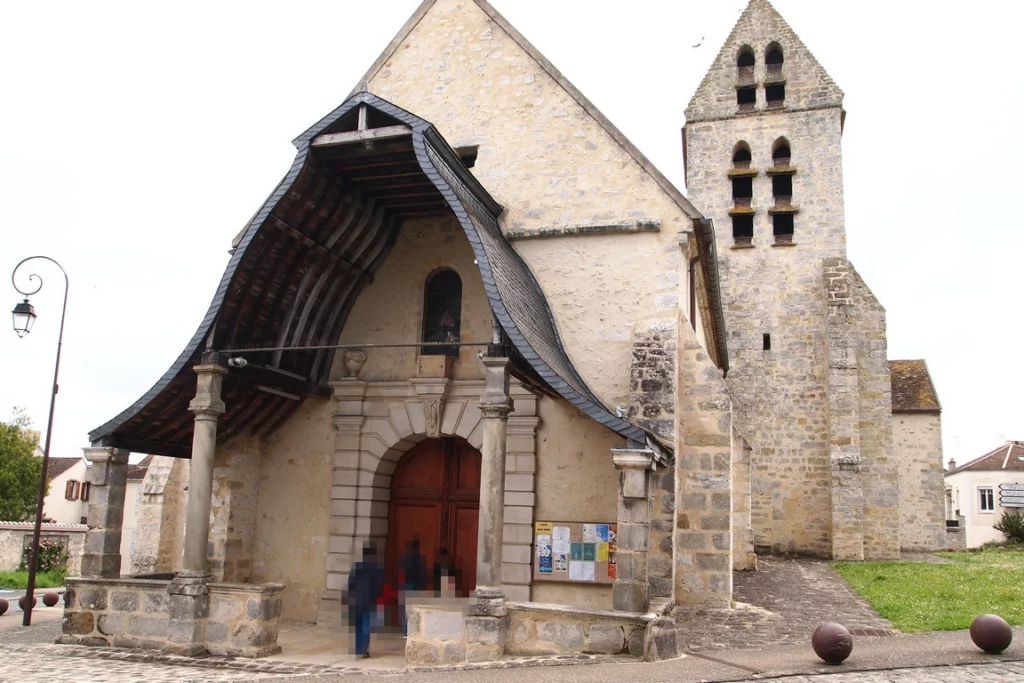
Let’s start the way to the palace from the end of the Fontainebleau palace forest park. This is how wide the park is. There is only one entrance, in the center.



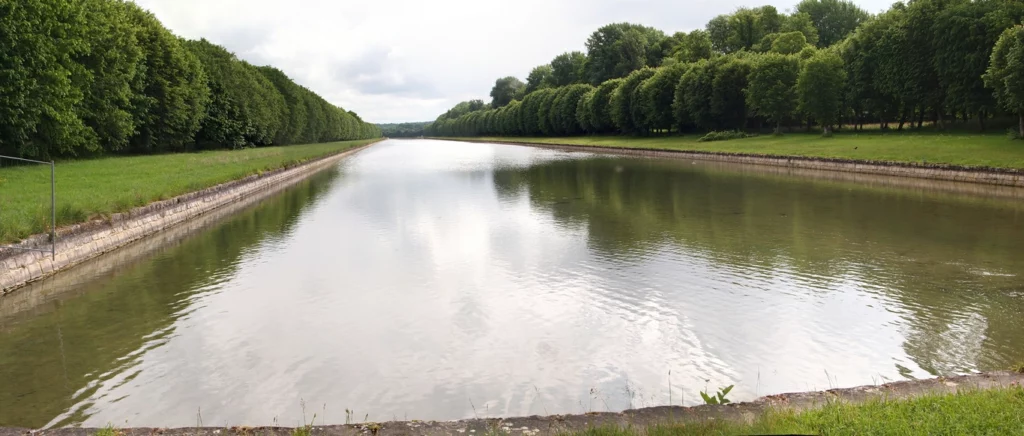
The road separates a forest park with a canal and a French garden. Entrance only from the right on this foto.
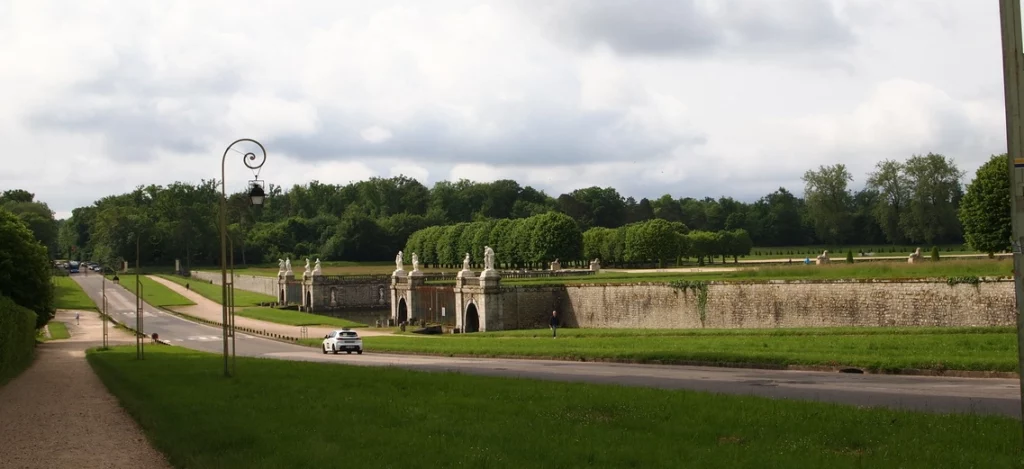

The French garden as a whole:

Part of the palace.
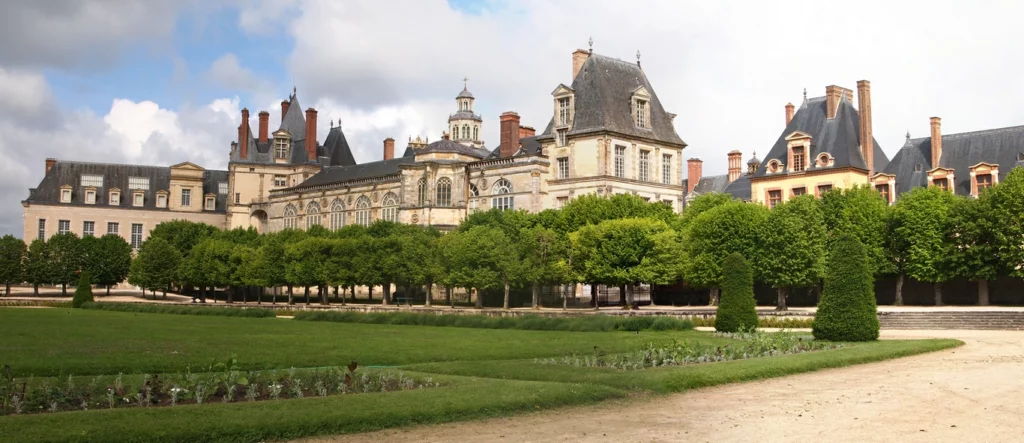

Carp pond
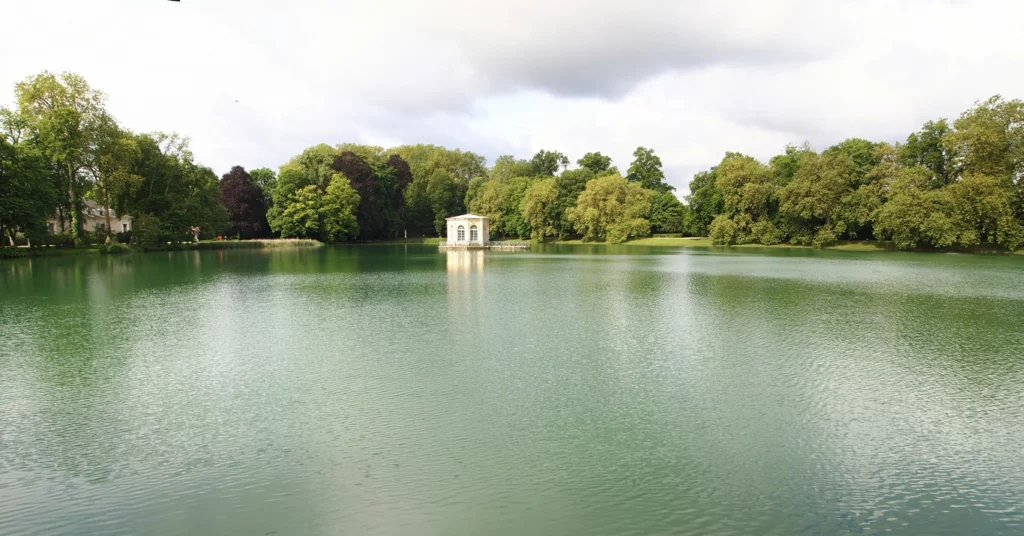
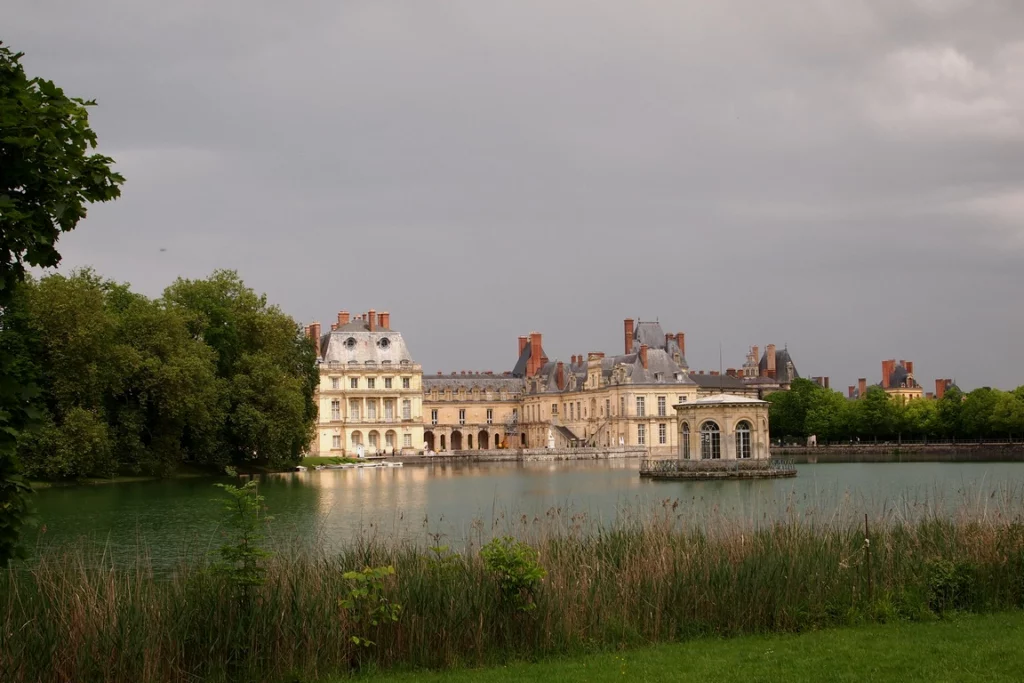
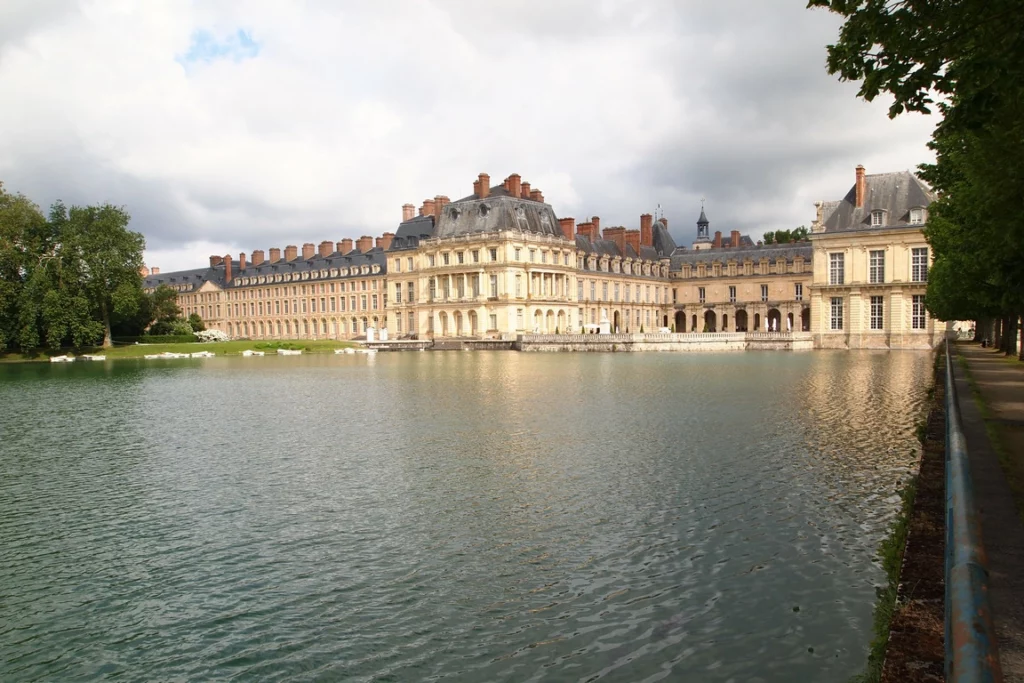
Main entrance. The general public is not allowed into the main staircase, but you can get there with a special excursion.
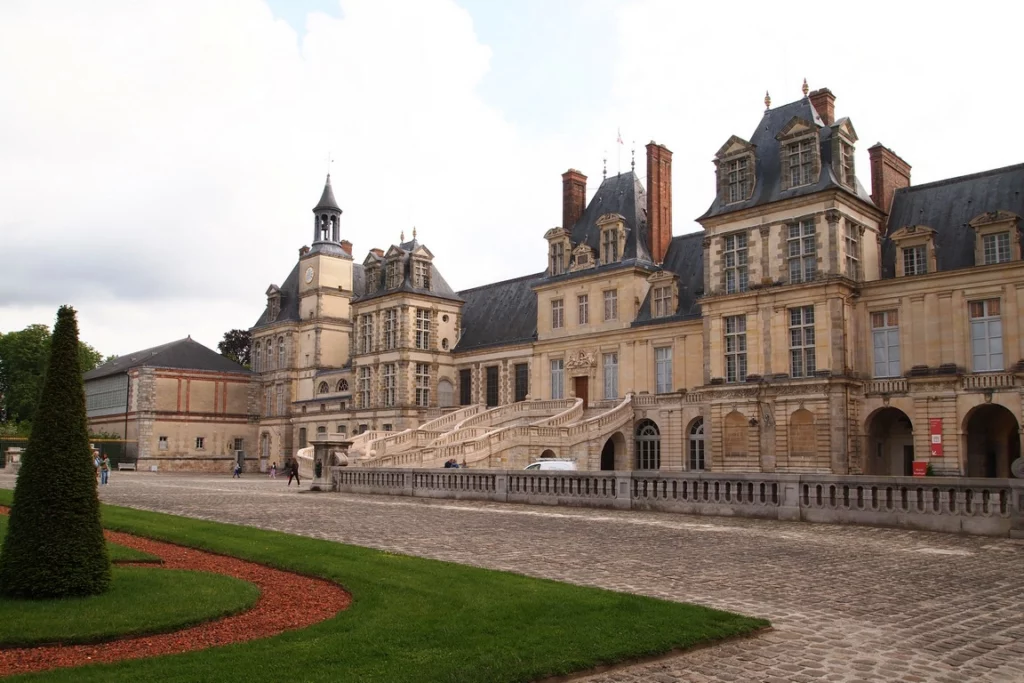


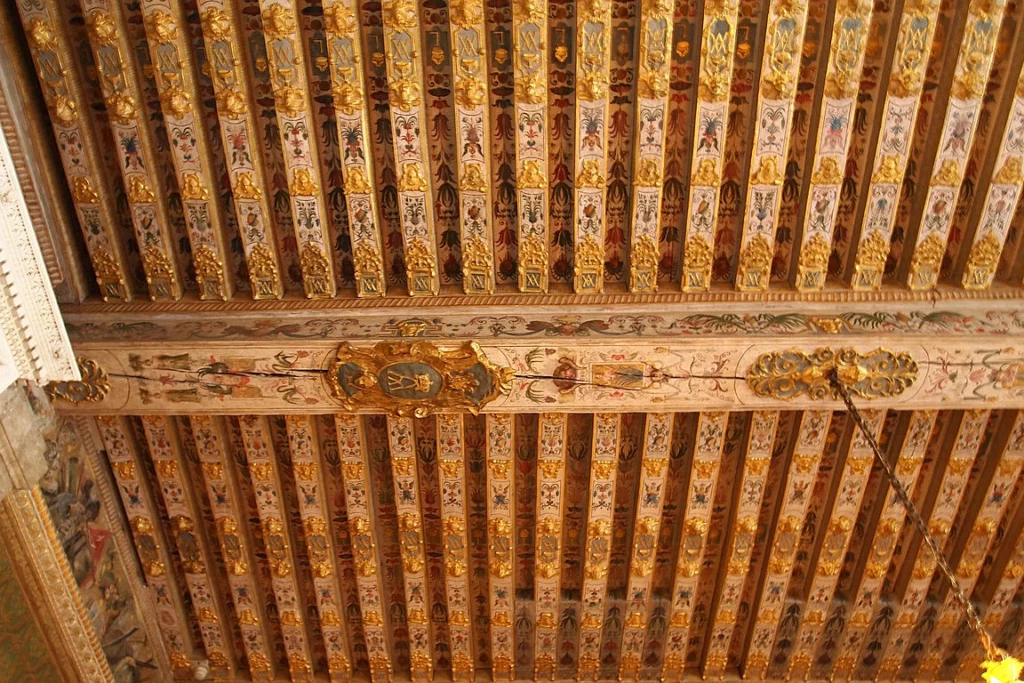
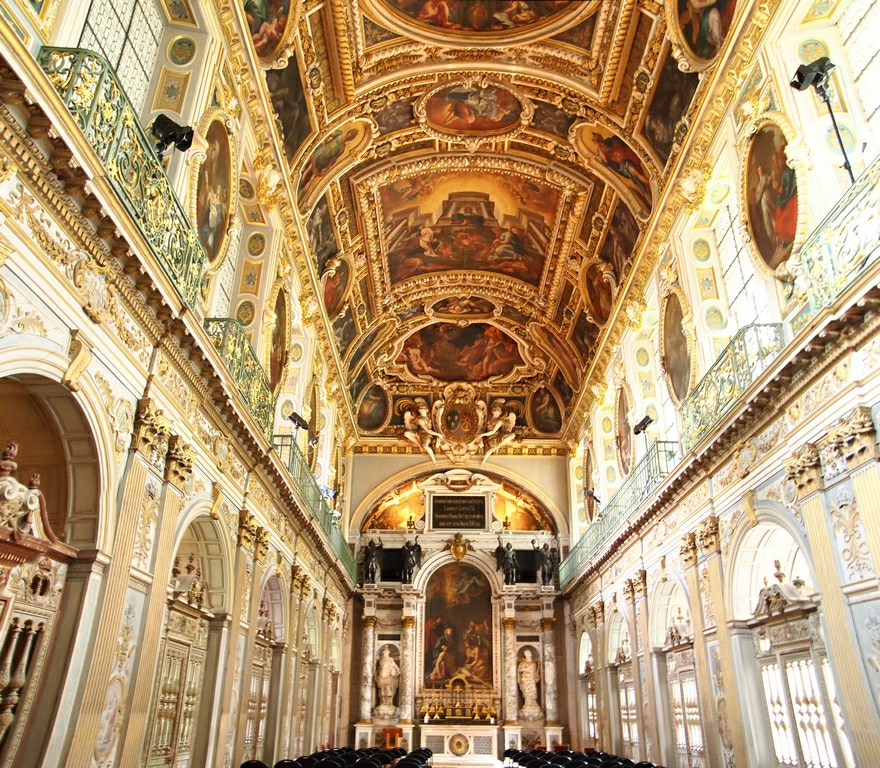
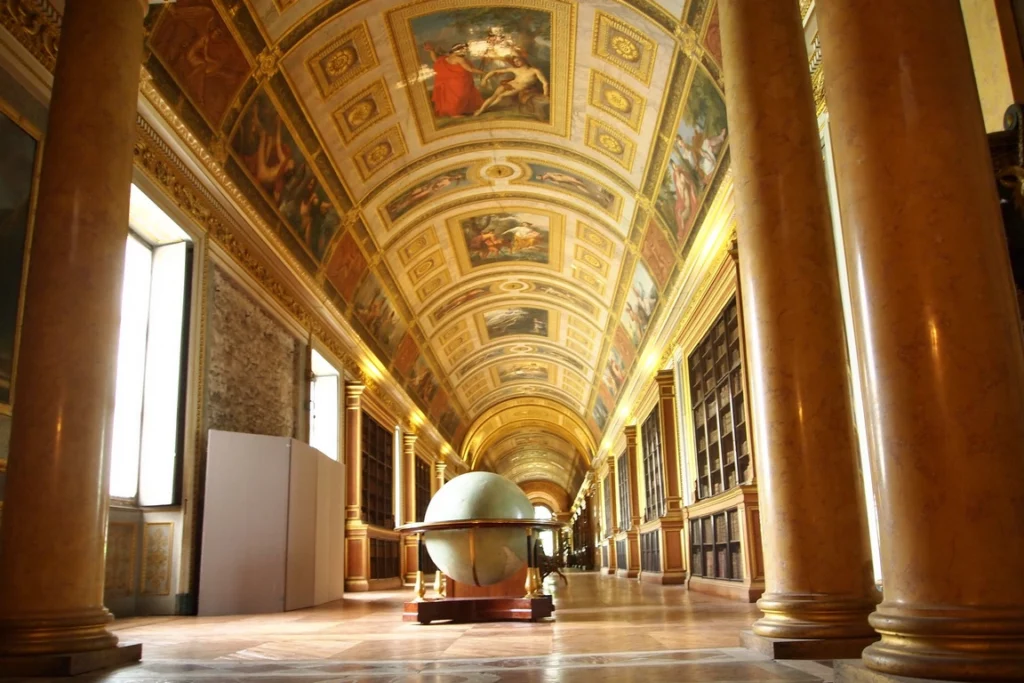
The most popular place for walks in the Fontainebleau forest is the Franchards gorge. A large parking lot is located near the trailhead. This is not a classic gorge with narrow walls. The road goes through a pine forest, with numerous rocks, first down, then up. Rocks are scattered throughout the forest or form cliffs. Signs, unfortunately, disappear in the most necessary places. In addition, the numerous trodden paths are confusing. But if you follow the main, widest path, you won’t get lost.
The Fontainebleau forest is one of the most powerful impressions of this trip. I wouldn’t get out of there.
Please note that this, although well-developed and very visited, is still a forest and not a park, with all the attendant precautions. The rocks are quite dangerous and there are a lot of places for you to fall several meters and break your neck without being found if you go alone at an unpopular time for walking. The cliffs are not fenced.
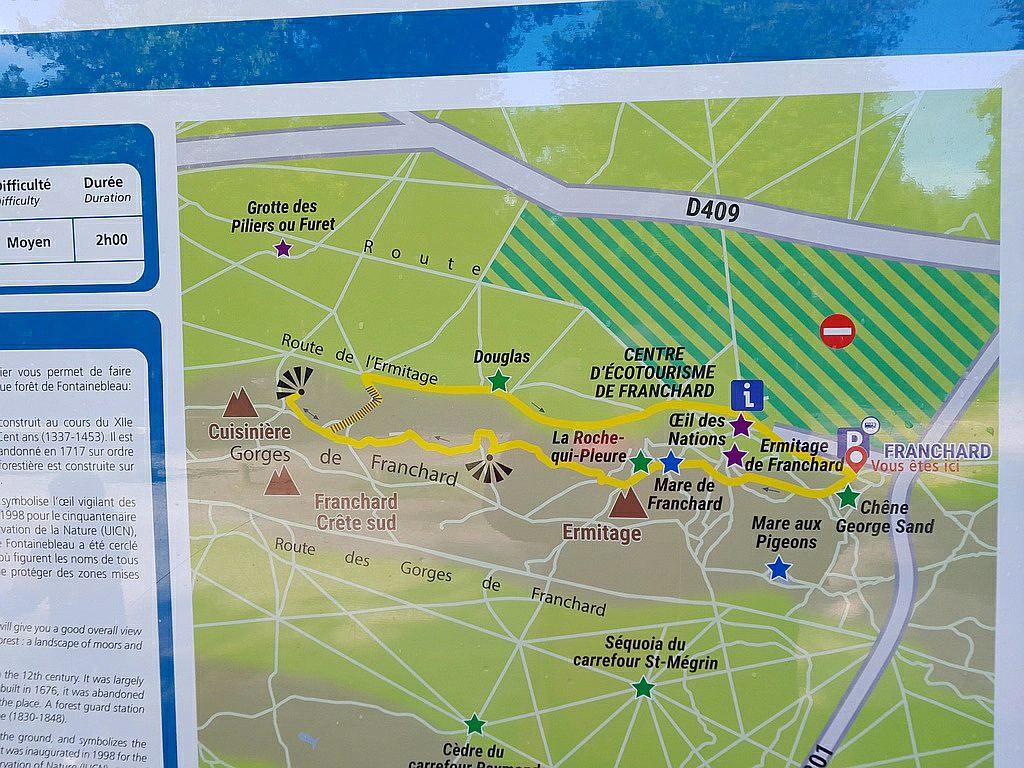
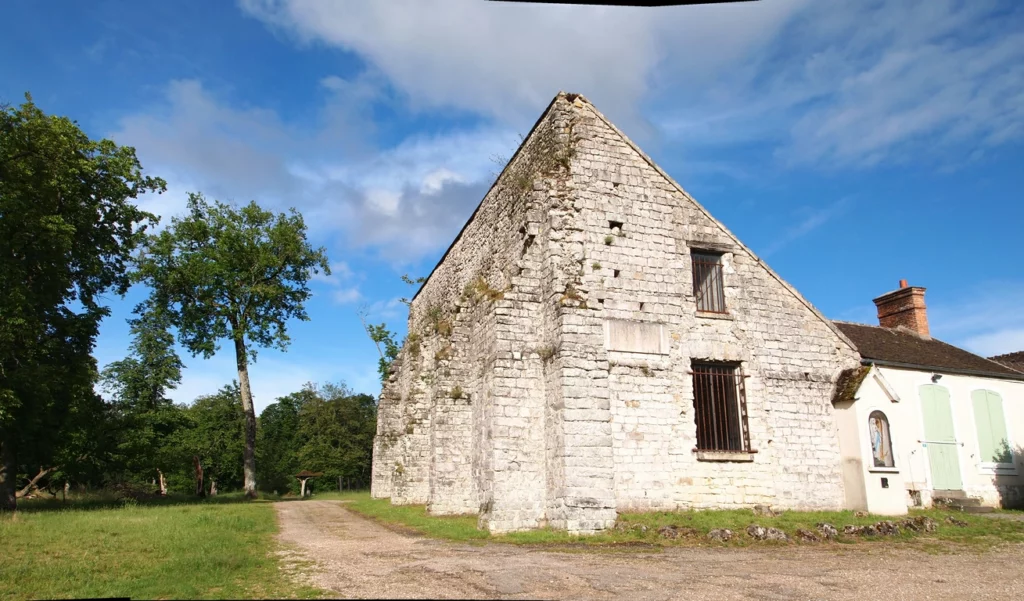

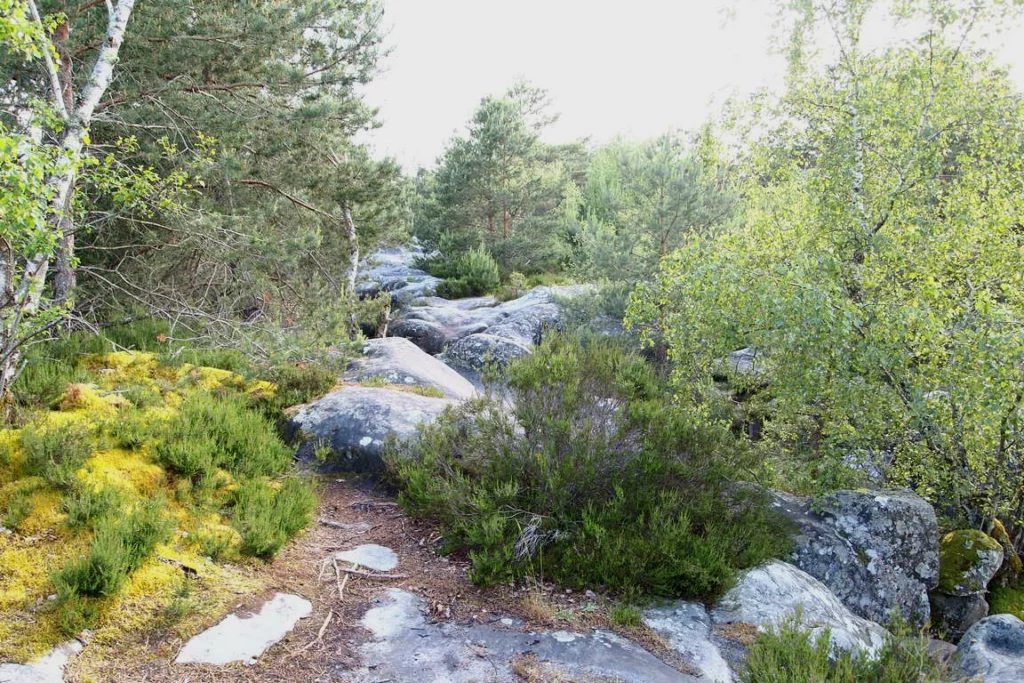

Above
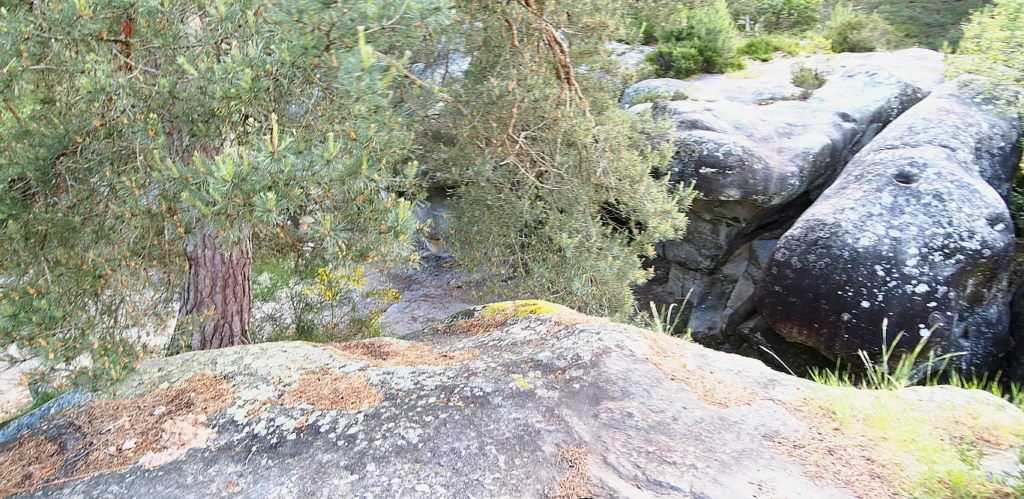
Below

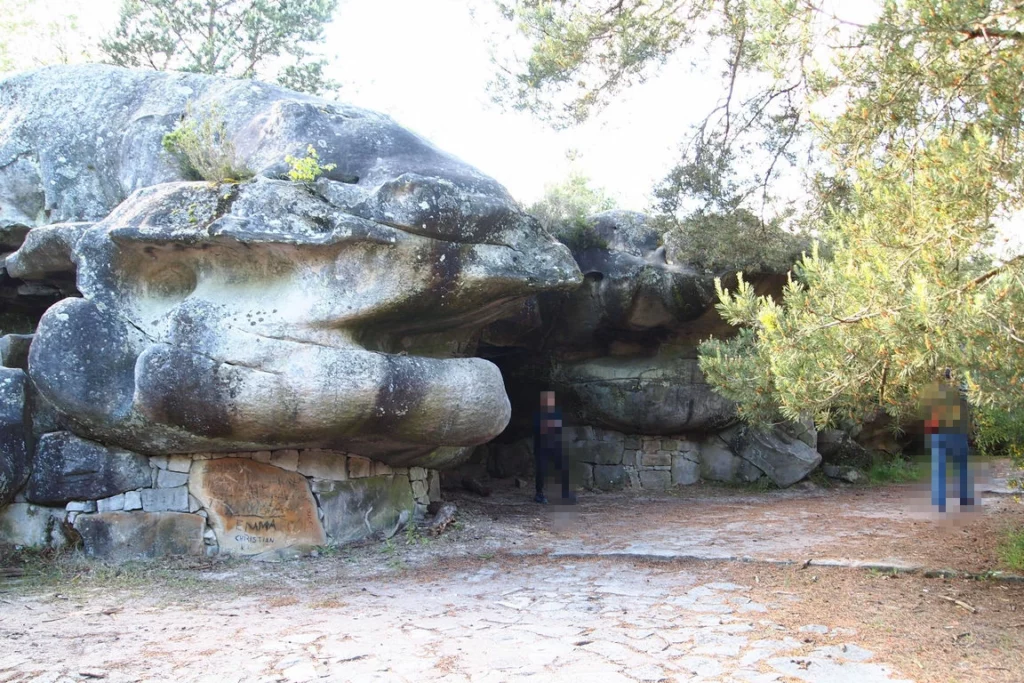
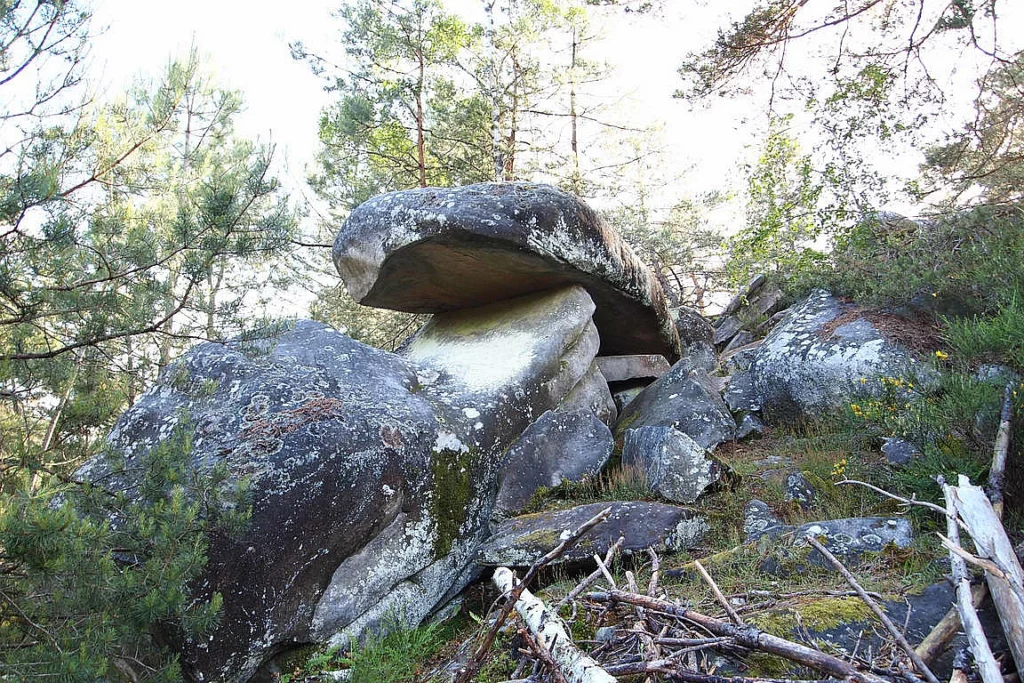
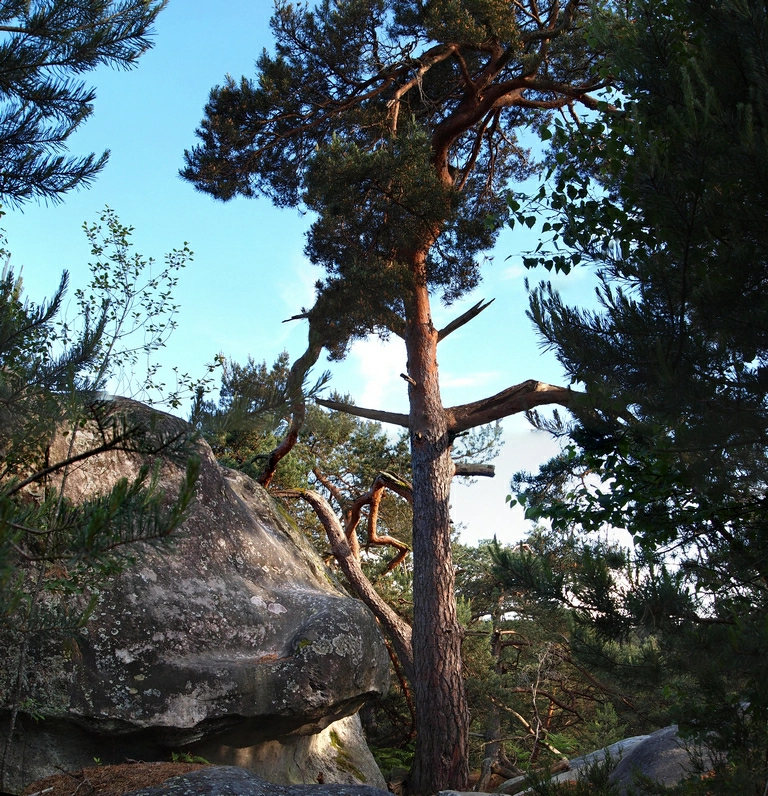

On the other side of the Fontainebleau forest is the artist village of Barbizon. The school of impressionists that developed there is called, accordingly, the Barbizon school. There is a museum in the village, and the region around Fontainebleau has many places where they painted.
(2 – palace)
6. Melun, Vaux-le-Vicomt
Melun – old town
Nearby
Maincy – a village with character and a palace Vaux-le-Vicomt Link
(1-2)
7. Provins
The city is off the main routes, but is a tourist destination in itself. This medieval city is included in the UNESCO list. You can see the 12th century donjon tower, powerful fortress walls 2 km long, the Benedictine Abbey of St. Ayoul, underground galleries, a museum of the region and a museum with installations on a medieval theme, the rose garden is on the “remarkable” list.
In addition, medieval shows and shows with birds of prey are held during the season.
Nearby:
rope parc in Chenoise
railway museum AJECTA in Longueville Link
a “village with character” and a Benedictine abbey church from the 11th century St-Loup-de-Naud
medieval “village with character”, 13th century church in Donnemmarie-Dontilly
river boating, old town, 10th century church – Bray-sur-Seine
(3-4)
8. Nogent-sur-Seine
Camille Claudet Museum Link
Nearby:
Chateau de la Motte-Tilly palace (18th century, Link)
botanic garden Marney Link
Pont-sur-Seine – old town, walls, 12th century church
Villenauxe-la-Grande – a 13th-15th century church with a series of modern stained glass windows, a museum dedicated to local porcelain
(3)
9. Sens
The old city, dating back to Roman times, and the most powerful French archbishopric in the Middle Ages.
First Gothic Cathedral of St-Etienne (12th century), stained glass windows, treasury of the cathedral Link
History museum Link
Park with greenhouses Parc du Moulin a Tan. Link
Nearby:
Villeneuve-sur-Yonne – old town
(3-4)
10. Joigny and around
Joigny – old town, half-timbered houses, remains of a fortress and chapel, 15th century church
Cezy – Jardin des Petits Pres garden
Migennes – Gallo-Roman mosaic
(4)
11. Montargis
Old town on the canals (another “Venice”). Remains of the fortress Link.
Boating along the canals.
(4)
12. Ferrières-en-Gâtinais
An old town with character on the river. Two old churches: the abbey church of Saint-Pierre-et-Saint-Paul from the 12th century and the sanctuary of Notre-Dame-de-Bethléem from the 9th to 17th centuries. The abbey was once very influential. Two sons of Louis 2 were crowned here. Unfortunately, it was destroyed during the Revolution.
(4)
13. Chateau-Landon
A small old town with character. Located on a rocky ledge, the city walls rise picturesquely above the river.
2
14. Yèvre-le-Châtel, Pithiviers and around
Yèvre-le-Châtel
The second village to receive the title of garden village after Chedigny.
In my opinion, this village deserves the status of a wonderful garden even more. It is even more blooming, and not only roses are planted here, although roses, of course, predominate. In addition, it has a good location, occupying a low hill above a small picturesque river. To that, there are the ruins of a small 13th century castle, an 11th-13th century church and church ruins – all extremely picturesque. It is therefore not surprising that the village, the only one in this region, is included in the list of the most beautiful villages in France.
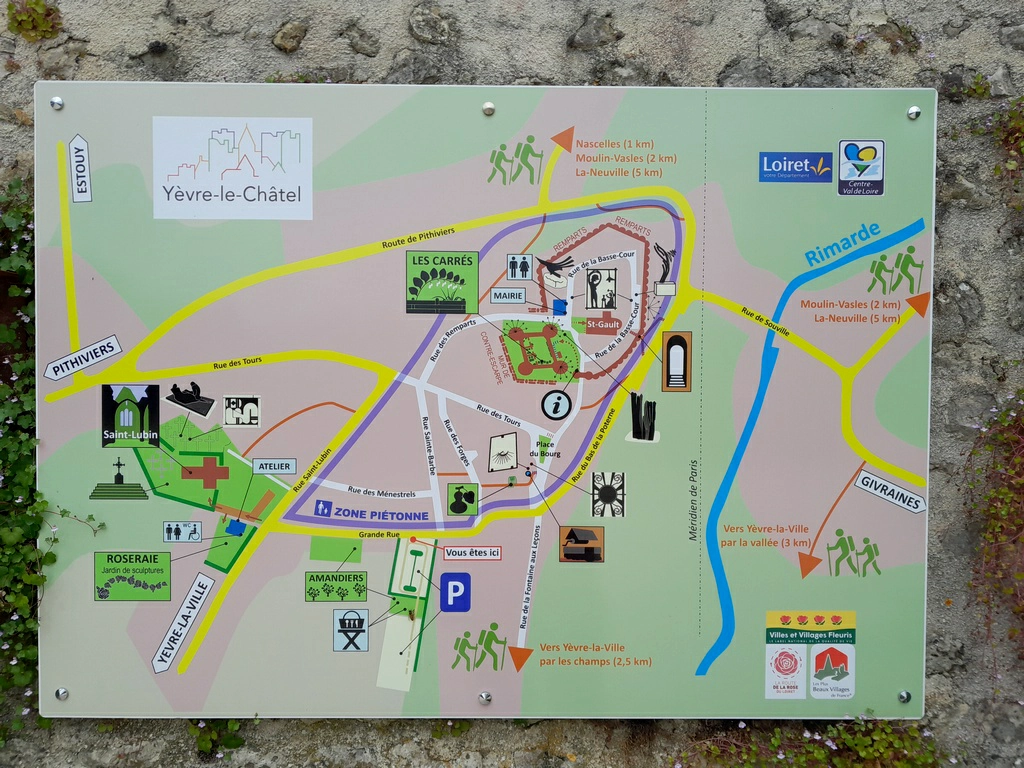
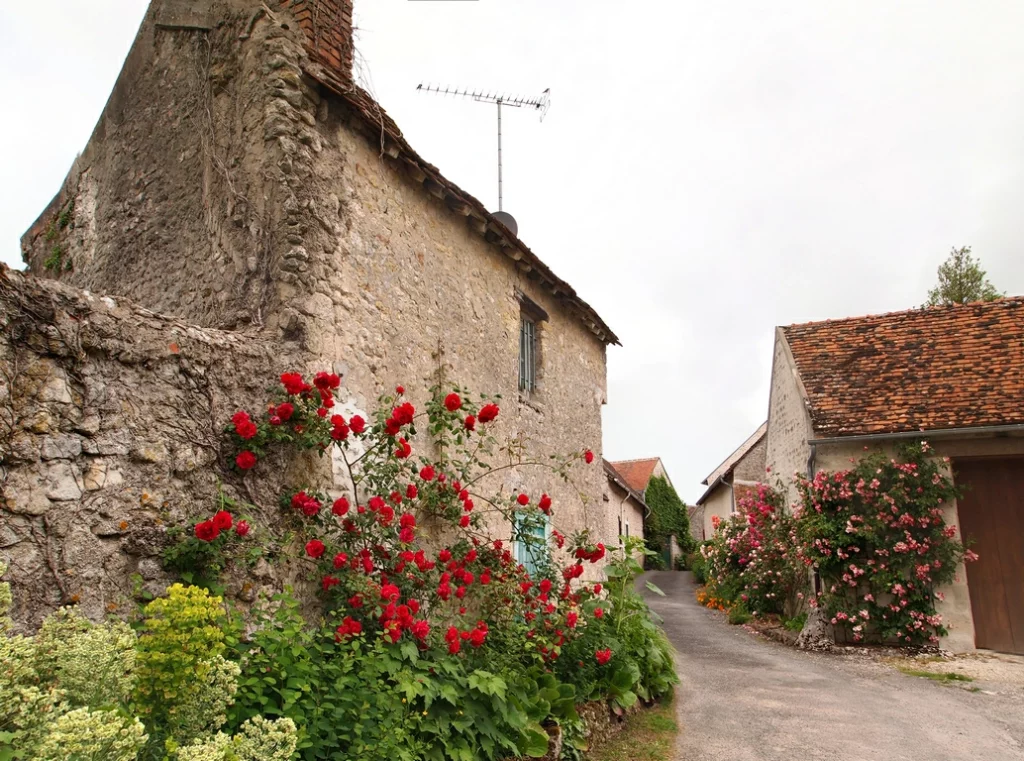
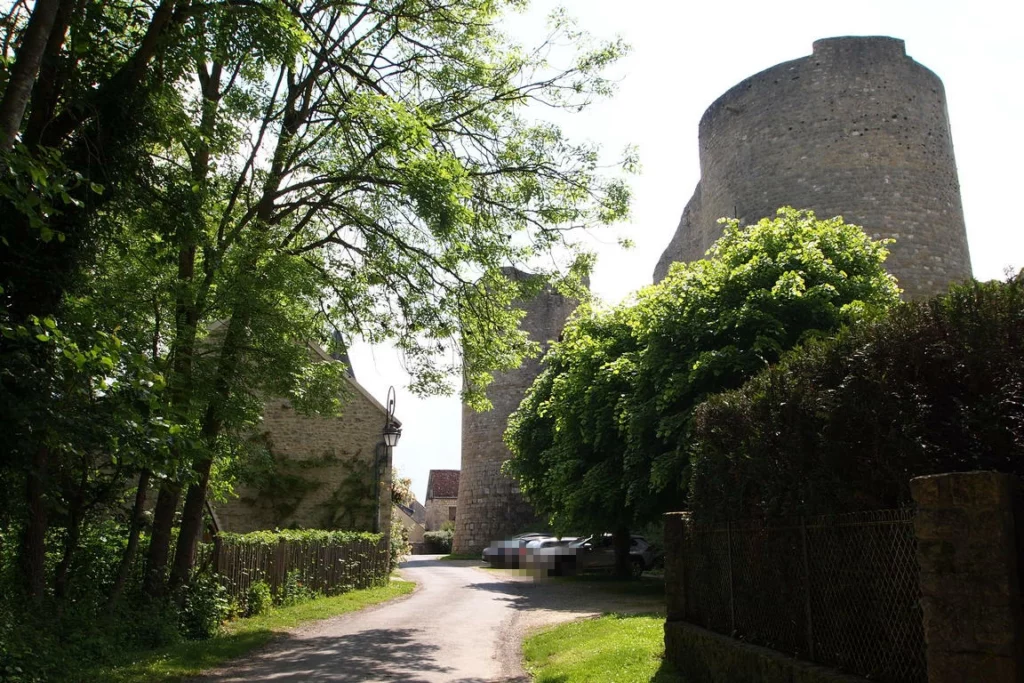

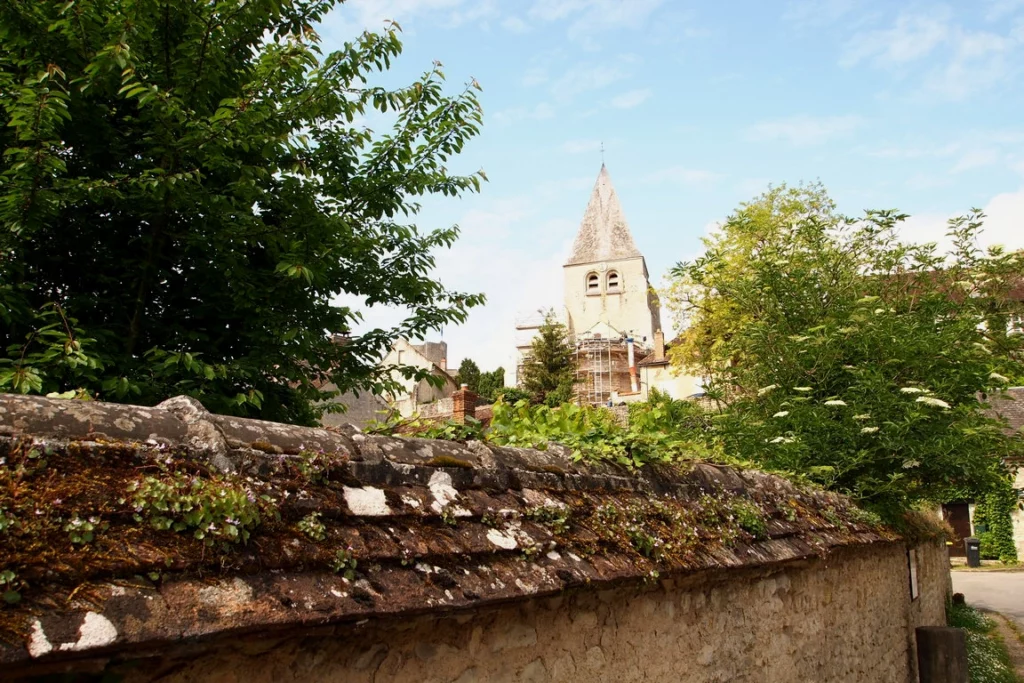


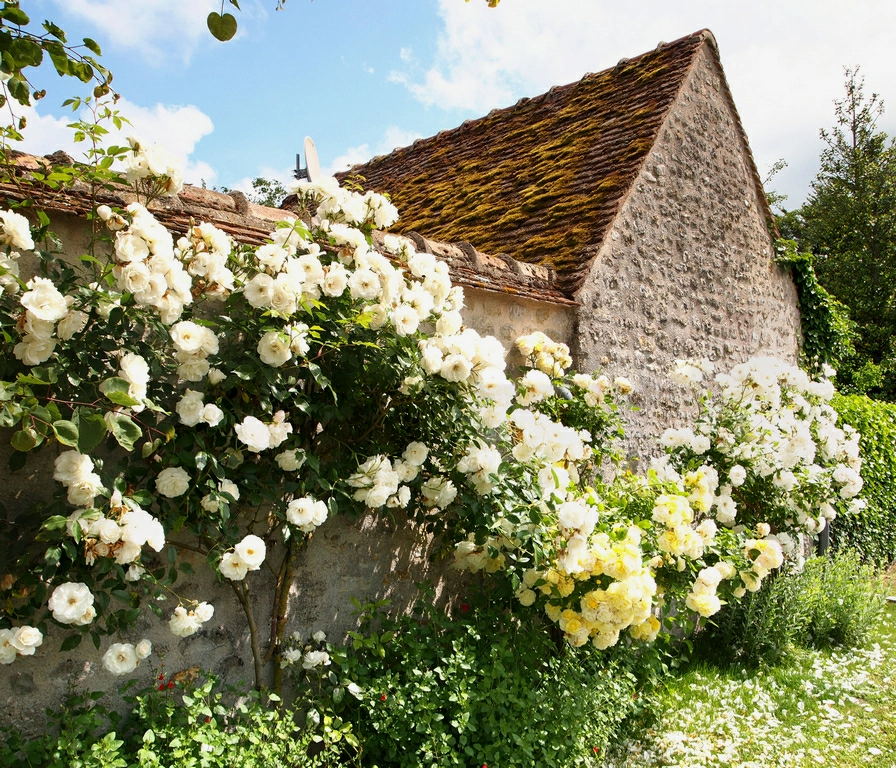
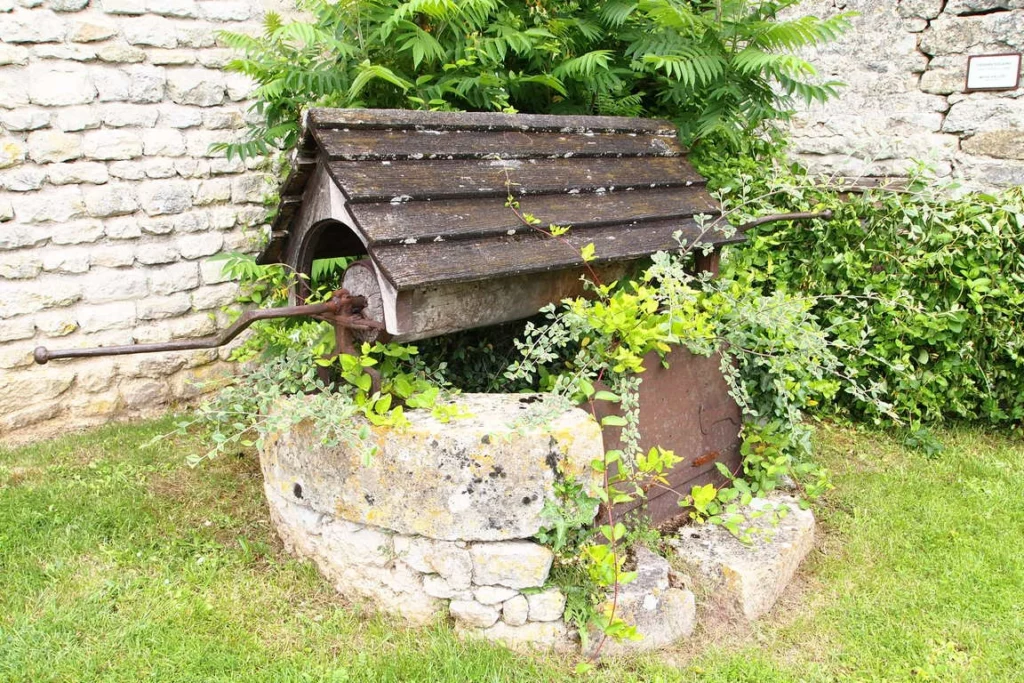
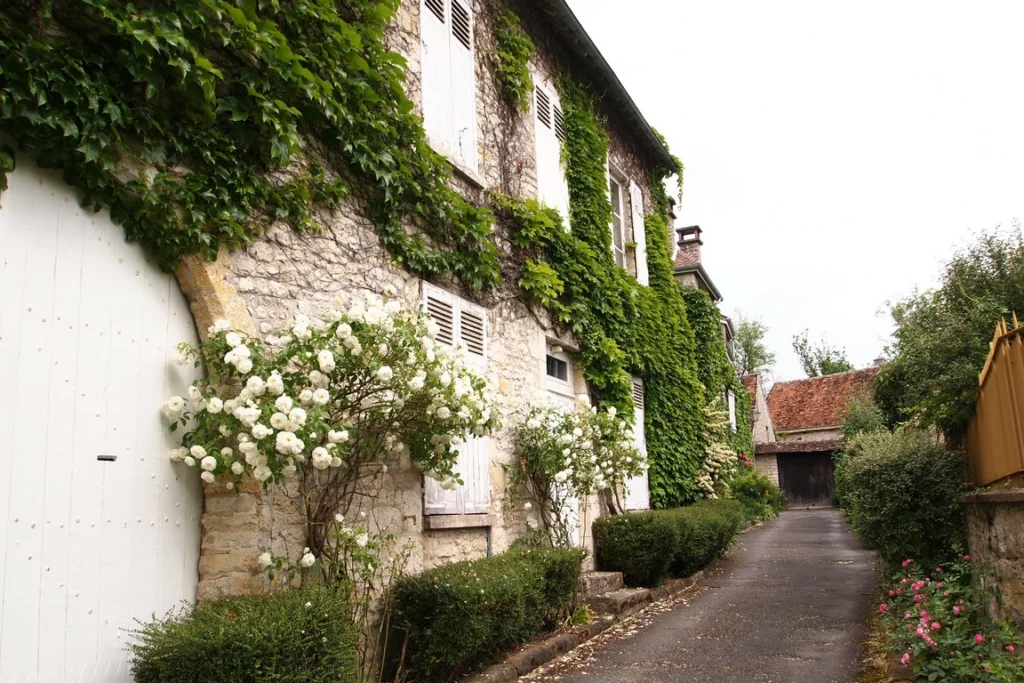
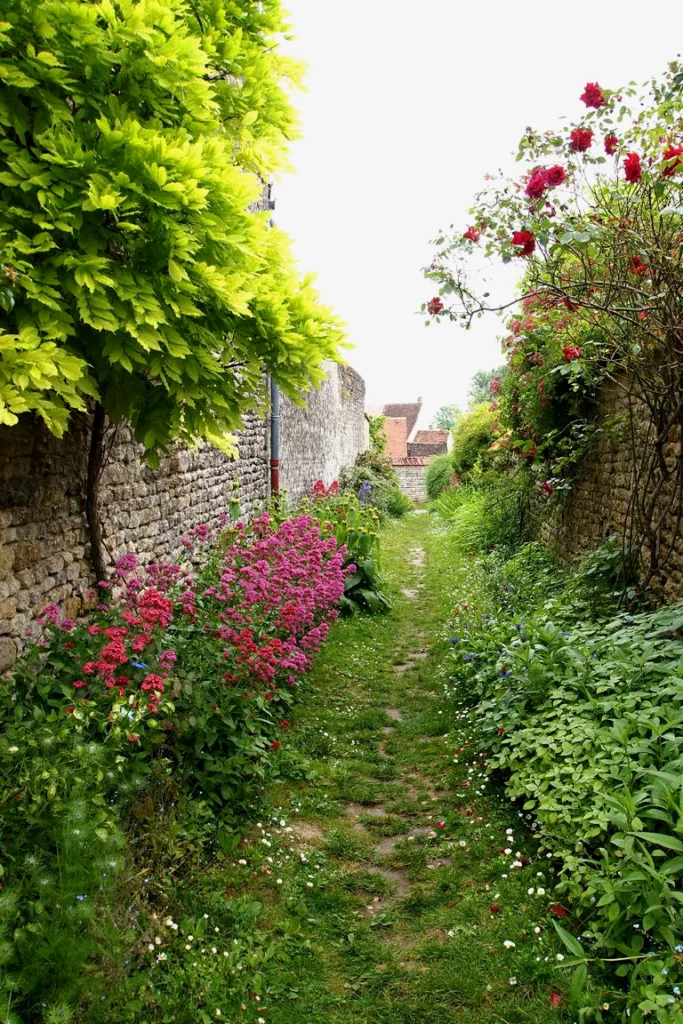

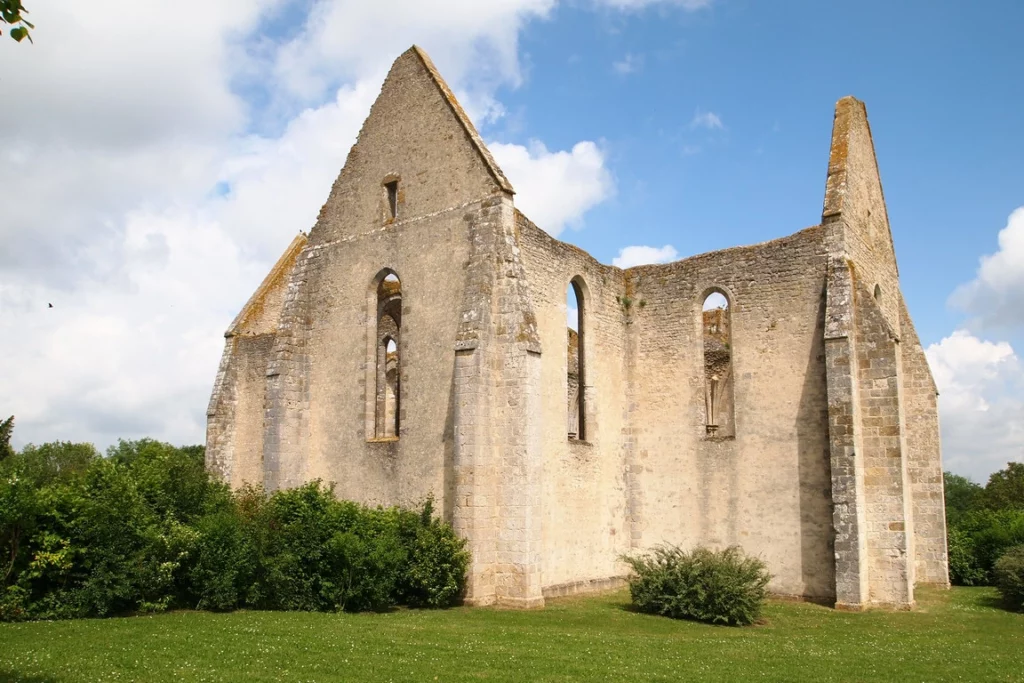
Pithiviers
Transport Museum. Sometimes there is a tourist train. Link
Church of Saint-Salomon-et-Saint-Grégoire from the 11th century
A series of rose gardens created by the famous gardener André Eve:
Jardin Personnel d’André Eve – in the center of Pithiviers Link
Roseraie de Morailles – in a neighboring village of Pithiviers-le-Vieil Link
Théâtre des Minuits in La Neuville-sur-Essonne – performances, castle ruins château des Deux Tours and rose garden Link
Puiseaux: Notre Dame de Puiseaux – large Gothic church from the 13th century.
Genießen Sie die Seite ohne Cookies? Das bedeutet, dass ich für Sie auf eigene Kosten arbeite.
Vielleicht möchten Sie meine Arbeit hier unterstützen.
Oder hier Ihre Cookie-Einstellungen ändern.



